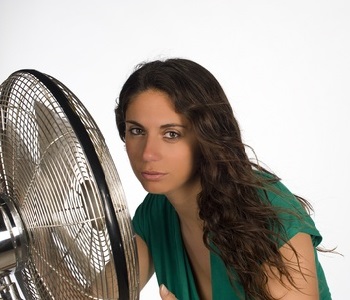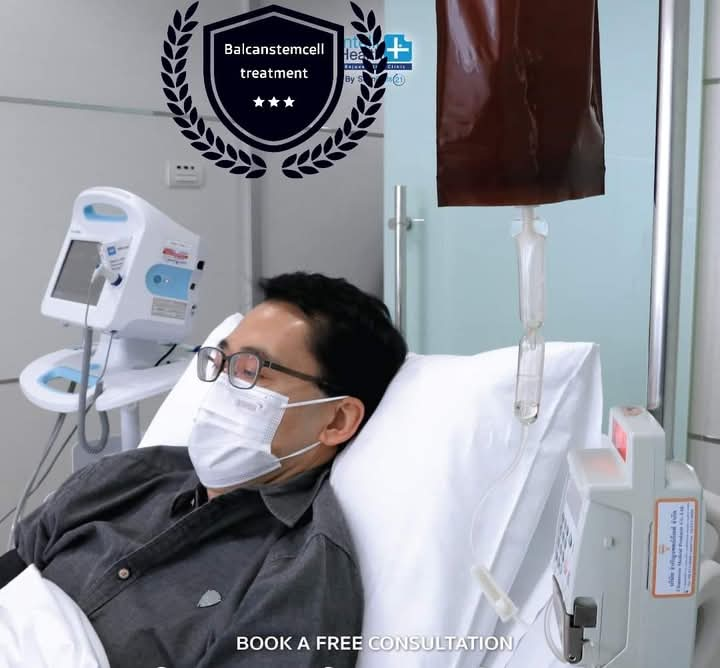Do you feel like your internal thermostat is broken?
You are certainly not alone. Temperature dysregulation is quite common in fibromyalgia. And yet, as warm-blooded animals, human beings are usually quite amazing.
When our surrounding environment heats up, our bodies are supposed to automatically kick into gear to cool things down internally.
What happens when the surrounding environment gets chilly? Our bodies know just how to warm things up.
With fibromyalgia, we are susceptible to an additional factor called Adrenaline Dominance. When adrenaline is too high for extended periods of time, this begins to affect extremities, like cold hands and feet for example.
In the case of those of us with MCS, Multiple Chemical Sensitivity, our exposure to toxin or fragrance on people or things around us can cause adrenaline to rise, therefore causing a cascade of symptoms, including temperature dysregulation.
Between daily fluctuations in outdoor temperatures and our indoor HVAC systems, we encounter a variety of temperatures each day.
The human body has the ability to keep up with those changes, keeping us comfortable and safe. Unfortunately, it is not so cut and dry when we are living with fibromyalgia.
What Happens with
Temperature Dysregulation?
All of this warming up and cooling down happens naturally in most people, but it may not work as smoothly if you have fibromyalgia.
It’s common for people with fibromyalgia and its primary co-conditions to experience one or more of the following scenarios:

- Heat Intolerance: You have trouble cooling down when your surrounding environment warms up. This can vary from a heat sensitivity to complete intolerance that could put some people at heightened risk of heat stroke.
- Cold Intolerance: You have trouble warming up when your surrounding environment gets chilly. This can vary from sensitivity to cold environments to the inability to handle even moderately cool temperatures without freezing. It can even activate other symptoms.
You know how I often say that not only your extremities feel unbearably cold, but your “internal core” feels cold so it doesn’t matter how many layers you put on.
That is temperature dysregulation or sensitivity at its greatest. - General Temperature Sensitivity: You may find that your body has trouble regulating to heat and cold. One day you’re cold while the next you’re hot despite consistent outdoor temperatures.
- General Autonomic Dysfunction: Your body temperature may seem out of sync with your surrounding environment. When everyone around has on jackets or sweatshirts, maybe you’re sweating in a tank top. You may also experience hot flashes or cold chills when it seems the heat or cold sensation is generated from within your body rather than in response to your surrounding environment. Excessive sweating might also occur.
Temperature dysregulation simply means that your body doesn’t respond to the surrounding temperature as it should naturally.
Many fibromyalgia patients also suffer from temperature sensitivity which means that your body overreacts to sensations of heat or cold. This is often caused by the body’s failure to react appropriately to surrounding temperature as well as a reduced pain threshold.
Remember that “pain threshold” is often perpetuated by things like Substance P and nerve related issues as we talk about in the nerve pain article. Much different than pain tolerance which is often very high in those of us living with fibromyalgia.
Living with Temperature Dysregulation
Like other symptoms in fibromyalgia, there is no immediate cure for temperature regulation problems.
You may want to keep a written record of the temperature problems you’re experiencing to find a pattern of temperature dysregulation. This way, you can more easily correlate with any hormonal imbalances that you may be experiencing.
Also, if like me, you have had a full hysterectomy and might be experiencing hot flashes which are exacerbating your temperature dysregulation, please consider some of the points I make in the Menopause article.
I was able to eliminate my hot flashes with bio-identical progesterone, which only occurred after my hysterectomy, but when they did occur, I understood very quickly just how those of us with fibromyalgia will tend to react quite differently to common “hot flashes” due to hormones fluctuations.
When other women described their hot flashes, they mostly focused on being hot, very hot. In my case, not only did I wake up in a sweat, I had severe nausea, heart palpitations, and it seemed to exacerbate symptoms in my fibro.
Your symptoms could also be attributed to an imbalance in the endocrine system. This can include the pituitary, thyroid and/or adrenals. Read more here about how we approach
treating underactive thyroid.
Family Members on Board?
If you live with other people, you may need to find a middle ground between the temperature you would like to maintain in your home, and the temperature that others need for comfort.
This seems to be one of the most contentious issues between a husband and wife these days.
There are many ways that you can help your body cool down or heat up in order to keep up with your surrounding environment. You may keep ice packs or use cool, wet rags to cool your feet, hands, and forehead when you’re too hot.
If you tend to have cold feet like I do, try putting foot warmers in your shoes or slippers. It is especially important to keep the feet warm before bed, as cold extremities can keep you from being able to fall asleep.
NOTE: You can also put them in between two pair of socks when you go to bed if you don’t want them touching your skin.
We need every advantage we can get. Sometimes I will make a cup of hot tea or decaf coffee JUST to keep my hands warm!!
In some cases, people with fibromyalgia have moved to new states or countries that offer a climate that is more in sync with their body’s sensitivities. Obviously this isn’t going to be feasible for all of us, but never give up on finding more creative ways to adapt to fibromyalgia, temperature dysregulation, and all of the myriad of symptoms.
reference<https://www.living-smarter-with-fibromyalgia.com/temperature-dysregulation.html?fbclid=IwAR2eQElwtFL3UAiTa0YhOLewTK1QgMRTRaIa0CqsH5RTPiPZxnhO96Tlvag



